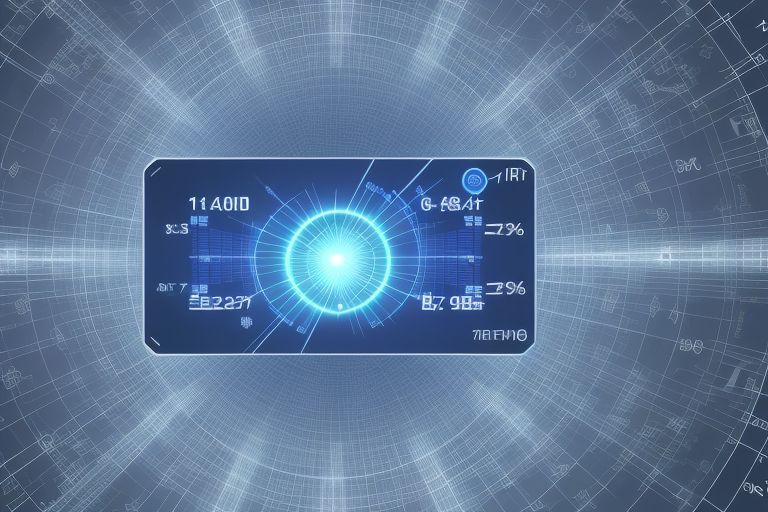The dawn of 6G, the next generation of wireless technology, promises to usher in a new era of innovation, transforming how we live, work, and interact with the world around us. While 5G is still in the process of global rollout, offering faster speeds, reduced latency, and more reliable connections, the industry is already looking ahead to 6G. Here’s what we can expect from 6G:
1. Unprecedented Speeds
6G is anticipated to deliver peak data speeds up to 100 times faster than 5G, potentially reaching the terabit-per-second (Tbps) range. This would enable near-instantaneous downloads and uploads of massive data files, fundamentally changing the way we consume digital content.
2. Ultra-Low Latency
One of the key advancements with 6G will be its ultra-low latency, expected to be less than one millisecond (ms). This improvement will be crucial for applications requiring real-time feedback, such as remote surgery, autonomous vehicles, and advanced virtual reality experiences.
3. Enhanced Connectivity
6G aims to provide even more reliable and ubiquitous connectivity, including challenging areas such as rural regions and underwater. It could leverage advanced satellite networks and novel antenna technologies to achieve global coverage, ensuring no area is left behind in the digital era.
4. AI Integration
Artificial Intelligence (AI) will play a central role in 6G networks, managing the massive amounts of data flowing through the network and optimizing its performance in real-time. AI could enable smarter resource allocation, predictive maintenance, and enhanced security measures.
5. Internet of Everything (IoE)
While the Internet of Things (IoT) has connected billions of devices, 6G will push this concept further into the Internet of Everything (IoE), connecting virtually every aspect of our environment. This could include smart cities, digital twins, and IoT applications we have yet to imagine, all seamlessly integrated and interacting.
6. Advanced Applications
The capabilities of 6G will unlock new applications and services, some of which are difficult to fully conceptualize today. These could include holographic communications, multi-sensory digital experiences, and next-generation social networks that offer immersive, real-time interactions in a digital twin of the real world.
7. Sustainability and Energy Efficiency
With the increasing focus on climate change, 6G networks are expected to be designed with sustainability in mind. This means not only more energy-efficient operation but also the enablement of technologies that support green initiatives, such as smart grids and advanced environmental monitoring systems.
Challenges Ahead
Despite its promising potential, the development of 6G faces significant challenges. These include technological hurdles in developing new hardware and software, spectrum allocation issues, and the need for massive investments in infrastructure. Moreover, regulatory and security concerns will need to be addressed to ensure the safe and equitable deployment of 6G technologies.
Conclusion
The dawn of 6G heralds a future that seems drawn from science fiction, offering opportunities to revolutionize industries, enhance daily life, and tackle global challenges. However, realizing this vision will require concerted efforts from governments, industry, and academia to overcome the considerable challenges that lie ahead. While 6G is expected to start becoming a reality by the early 2030s, the groundwork laid today will be crucial in shaping this exciting future.



